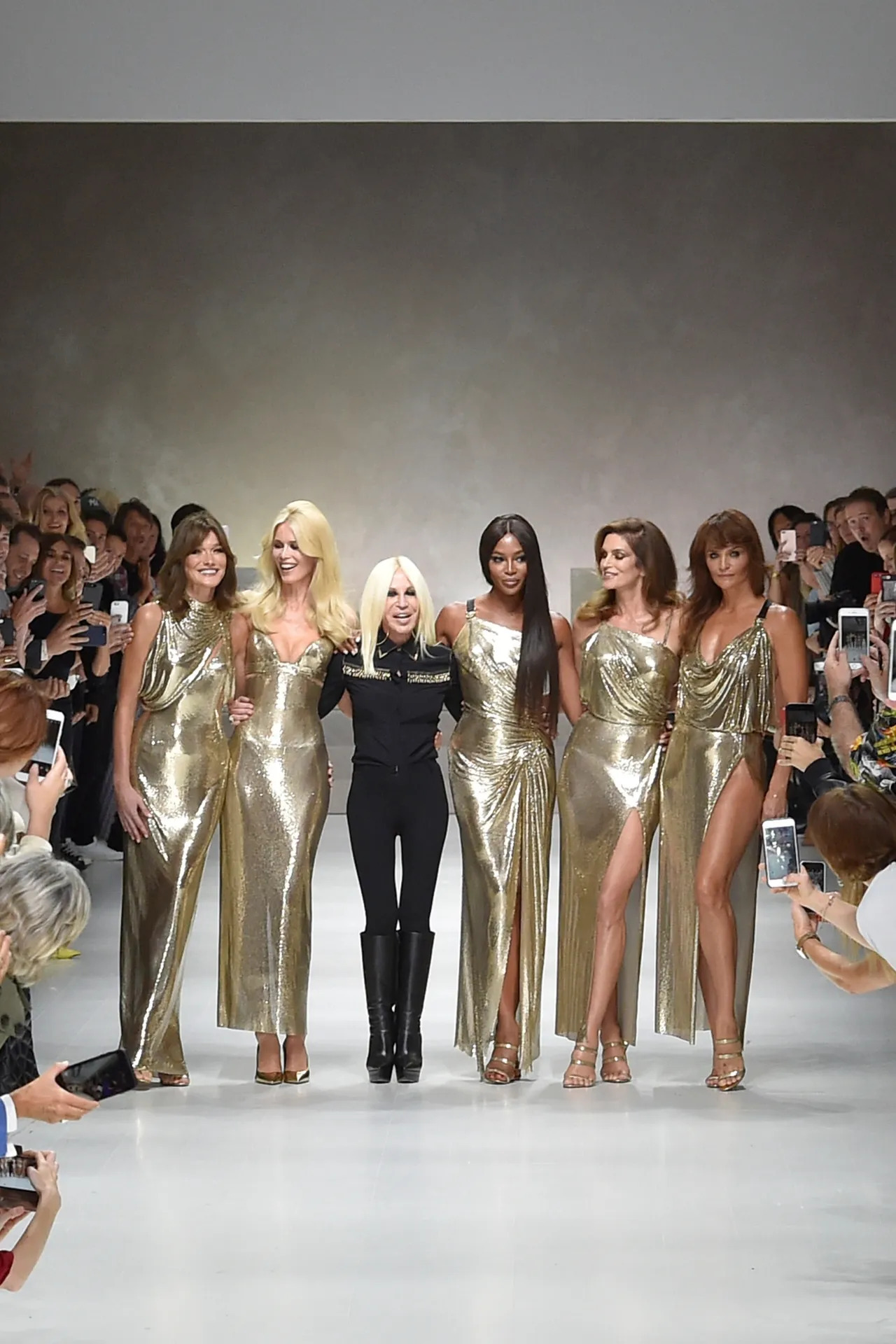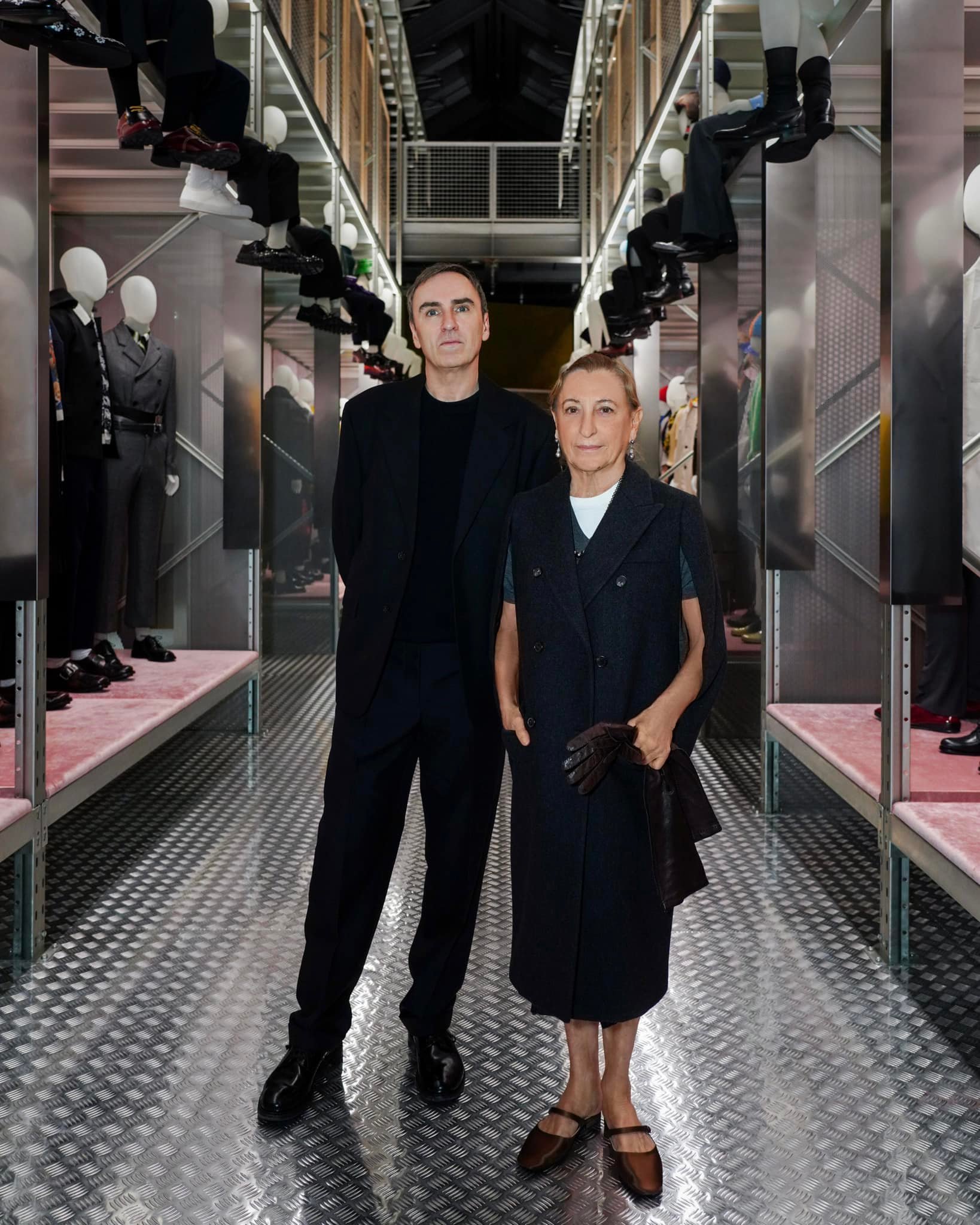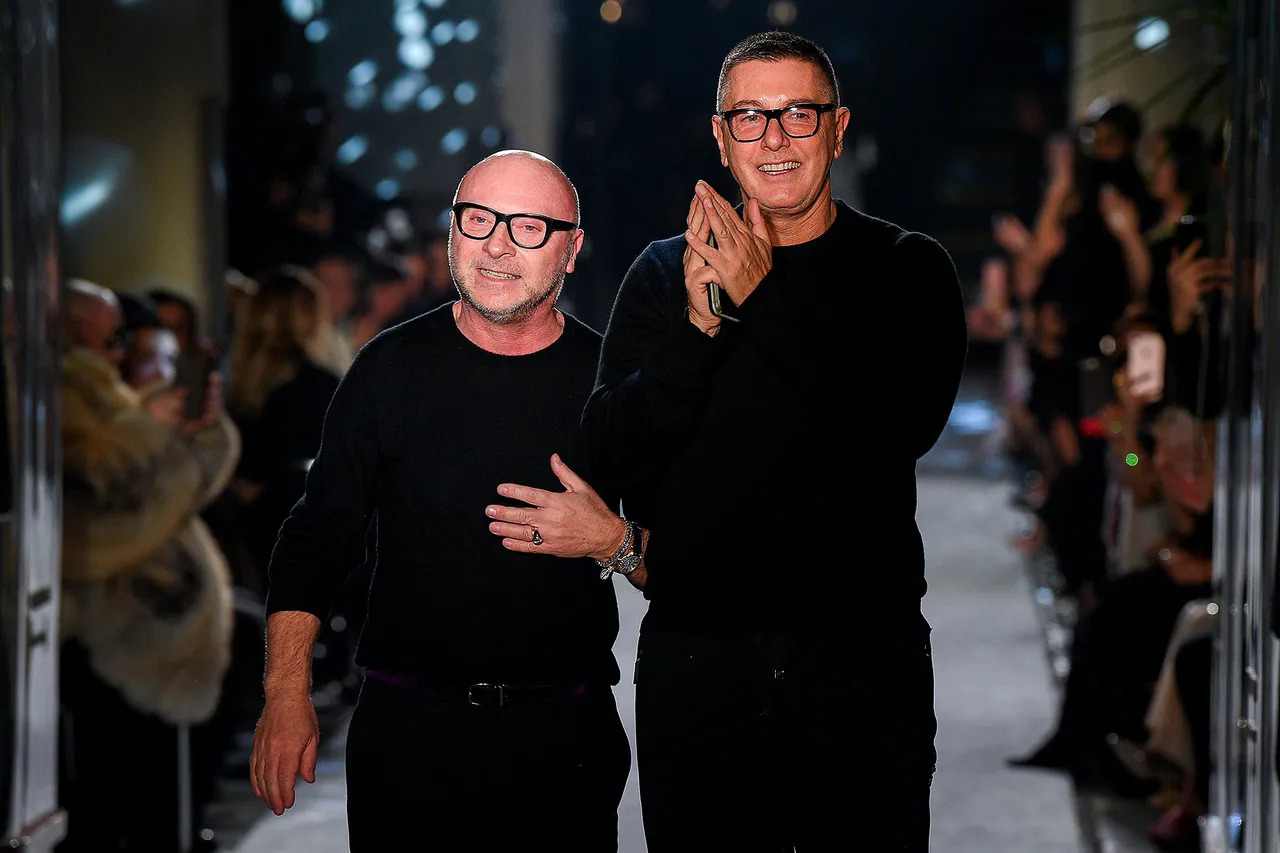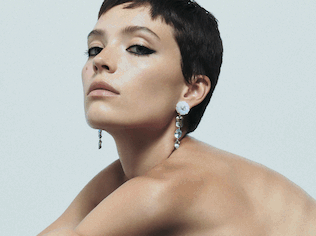The Italian houses that defined a generation are at a crossroads. As their visionary founders cede control, the legacy of Armani, Prada, Versace, and Dolce & Gabbana faces an uncertain future. Will they be absorbed by the global luxury conglomerates, or will a new wave of international buyers rewrite the story of "Made in Italy"?
By Kien Lee | Managing Director of SENATUS
The Italian fashion landscape has long been a story of singular, powerful visions. It is a narrative of familial dynasties, of creative auteurs who built empires on the strength of their names. The 1980s and 90s saw the ascent of a pantheon of these designers—Giorgio Armani, Gianni Versace, Miuccia Prada, Domenico Dolce, and Stefano Gabbana—who, through their unique lenses, defined the very zeitgeist of an era. But as the sun sets on this generation of titans, a new chapter begins, and with it, the undeniable question: are we witnessing the end of an era for the great, eponymous Italian fashion houses?
Consider their beginnings. Giorgio Armani, the quiet revolutionary, honed his craft at Nino Cerruti before striking out on his own in 1975 with his late partner Sergio Galeotti. His vision was a radical departure from the structured excess of the time, a rebellion of soft tailoring, of deconstructed suits that offered an effortless elegance. He dressed the power players of the 80s, from Hollywood's elite to the corporate boardroom, and in doing so, he made a name for himself that became synonymous with understated, impeccable chic.
Meanwhile, the House of Versace was a different kind of revolution—a riot of baroque glamour, unbridled sensuality, and pop culture provocation. Founded by the magnetic Gianni Versace in 1978, the brand was a bold celebration of the human form, an unapologetic embrace of everything loud and luxurious. He was the maestro of the supermodel, a man who saw fashion as theatre, and his sister Donatella, a muse and confidante, was there every step of the way, imbibing his audacious spirit.
Then there was Prada, a brand whose story is perhaps the most unconventional. Founded in 1913 by Mario Prada, it was his granddaughter, Miuccia, who in 1978 would transform the sleepy leather goods company into a global fashion powerhouse. A political science PhD and a self-proclaimed intellectual, Miuccia’s vision was one of cerebral anti-glamour. She famously used the most mundane of materials—industrial nylon—to create what would become some of the most iconic luxury bags in history. The business acumen came from her husband, Patrizio Bertelli, who joined the company in the 70s, a visionary who understood that the true genius of Prada lay in its ability to be both a luxury brand and a quiet subversion of it.
And finally, Dolce & Gabbana, a story of two friends who met working for another designer and launched their first collection in 1985. Domenico Dolce, born in Sicily, and Stefano Gabbana, a Milanese native, created a brand that was an ode to their homeland. Their work was a glorious tapestry of Italian cinematic romance, Sicilian folklore, and a passionate celebration of the Mediterranean woman. It was a style built on contradiction—a mix of Catholic iconography and sensual lace, of sharp tailoring and unabashed sexuality.
Fast forward to the present, and the landscape is shifting dramatically. These founders, who for decades held the creative and commercial reins, are now in the midst of a profound transition. The era of the all-powerful, single designer is giving way to a new model of collaborative and corporate leadership.
The most poignant of these changes is the passing of Giorgio Armani. The titan of Milanese minimalism left behind a succession plan as meticulously crafted as his suits. His will, a document that has sent shockwaves through the industry, dictates that his empire be either sold or taken public. The instructions are clear: an initial minority stake to be sold, with preference given to a fashion giant like LVMH, a beauty behemoth like L’Oréal, or the eyewear powerhouse EssilorLuxottica. This is a deliberate, strategic step away from the fiercely guarded independence that defined Armani for so long. His legacy will be preserved not by a single creative heir, but by a foundation and a new corporate structure designed for long-term stability.

At Versace, the transition is already underway. Donatella Versace, after 27 years at the helm following her brother's tragic death, has ceded her role as creative director to Dario Vitale. Vitale, a former design director at Miu Miu, arrives with an impeccable pedigree and a vision steeped in the very same "intellectual irony" that made his previous house so successful. His appointment is a fascinating one, signaling a potential shift for Versace away from its signature high-octane glamour and towards a more nuanced, sophisticated aesthetic. The results? It is still early days, but the move coincides with whispers of a Prada Group acquisition of Versace, a strategic alignment that would be a masterstroke for both houses, marrying Miuccia’s cerebral chic with Versace's unapologetic sensuality.

Miuccia Prada herself has been a trailblazer in this new model. In 2020, she appointed Raf Simons as co-creative director, a move that stunned the industry. This was not a succession plan but a creative dialogue, an equal partnership that has already borne fruit. The collections since have been a conversation between two brilliant minds, one Italian and one Belgian, each pushing the other to new heights. The result is a richer, more complex Prada, a brand that feels both rooted in its intellectual past and thrillingly forward-looking. This creative shift is paralleled on the business side, with Andrea Guerra taking over as CEO from her husband Patrizio Bertelli, with their son Lorenzo Bertelli being groomed as the future leader. It is a carefully orchestrated plan for the future, one that ensures the brand's unique ethos will be safeguarded for generations.

And then there are Dolce & Gabbana, the last of the great duos. The creative partners, now in their sixties, have yet to announce a formal succession plan. Yet, their recent strategic moves hint at a future beyond their direct control. The brand is betting big on beauty, aiming for a €4 billion valuation by 2027. This diversification into a high-margin, high-growth sector suggests a long-term strategy for a more autonomous, multi-sector business. It's a calculated move that could make them an even more attractive acquisition target for the major conglomerates, with their robust, vertically-integrated business model and their deep connection to the 'Made in Italy' tradition.
The looming question, then, is what comes next. With Armani's clear instructions, and the industry’s hunger for heritage brands, it's not a question of if these houses will be sold, but to whom. The French conglomerates, LVMH and Kering, are the most obvious suitors. They have a proven track record of acquiring and revitalizing Italian heritage brands, as seen with LVMH's acquisition of Fendi and Kering’s recent moves with Valentino. A purchase by either would secure the legacy of these brands within a powerful, global portfolio, offering them the resources and scale needed to compete in the 21st century.
However, a new contender has emerged on the global stage: Chinese entities. They have already shown an appetite for acquiring ailing or overlooked European heritage brands, especially in the automotive sector, with Geely's acquisition of Volvo and SAIC Motor's purchase of MG Rover as prime examples. In fashion, we've seen Fosun Fashion Group (now Lanvin Group) acquire heritage brands like Lanvin and Sergio Rossi. A Chinese acquisition would offer a different kind of future—one with a direct line to the world’s largest luxury market and a focus on long-term growth and digital transformation. It would be a bold, even provocative, new chapter for these quintessentially Italian brands.
Ultimately, the sun may be setting on a generation, but it is not a fading light. Rather, it is the golden hour of Italian fashion—a moment of profound transition where a legacy is not forgotten but passed on, reimagined, and prepared for a new dawn. Whether under the stewardship of a European behemoth or a rising Eastern power, the story of these houses will continue, perhaps with a different hand at the helm, but with the same powerful spirit that made them legends. The end of an era is simply the prelude to the next.











